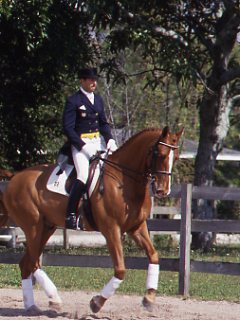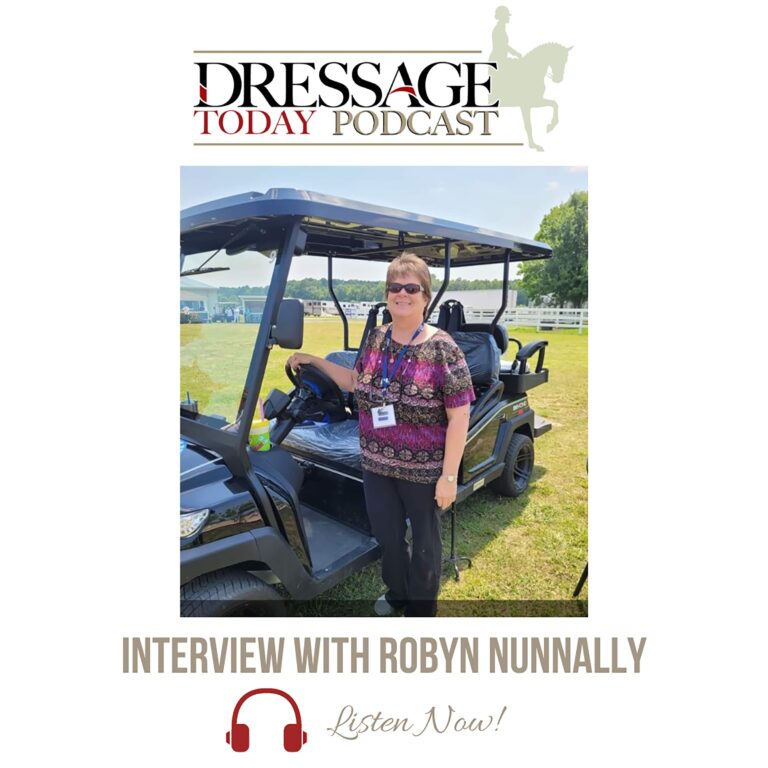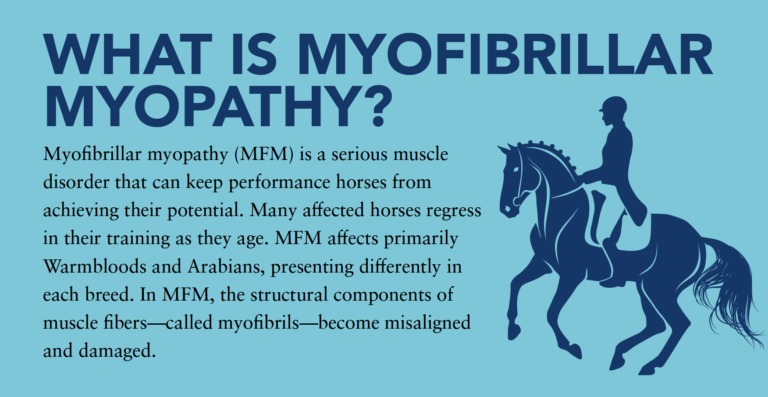
In the February 2009 issue of
Dressage Today, freestyle choreographer Beth Hall explains that musical freestyle offers all riders the opportunity to create a personal expression of the unique relationship they have with their horses. The freestyle score sheet is divided into two parts–technical and artistic. Technically scored movements are judged according to the quality of their execution, just as in any dressage test. The way you present your choreography is judged artistically. By focusing on three important design categories–judge’s viewpoint, technical difficulty and efficient use of the arena–you can maximize scoring opportunities.
Carefully planned choreography contributes to a performance that showcases your partner’s special skills and abilities. In the following video, you’ll see Fourth Level choreography with commentary by Beth Hall. Demonstration rider and horse, Elizabeth Hunter and Lesley, were filmed at her Wynsome Farm in Montgomery, Ala.
When you watch this video, turn up the volume to hear the commentary (which starts after the credits) and observe the following:
- Add difficulty to minimum technical requirements at the level to improve your “degree of difficulty” score.
- Add a little technical difficulty to each movement or combination rather than taking a few “all or nothing” risks.
- Directional arena placement of movements should account for the judge’s viewpoint.
- Consider which movements, like half pass, are best performed going toward C and plan other movements as directional set-ups.
- Short connecting lines make efficient use of arena space and your time allotment.
- Difficult transitions add to your “degree of difficulty” score.
- Keep the walk short and simple to preserve time for more brilliant movements in trot and canter.
- Quick changes of bend add difficulty.
- Combine several movements in sequence to show the greatest number of requirements in the least amount of space possible.
- Frequent transitions between paces add difficulty.
- In movements such as half pass, riding a longer or steeper line than required in tests at the level adds difficulty.
- Create space in your design scheme to include one or more “insurance lines” (chance to do movements a second time).
- Performing a technical movement in a connecting line, such as the short side of the arena, uses arena space efficiently.
- Use centerlines to add technically scored movements to your design.
- Practice alternate movements on the final centerline and you add an “insurance line” to your program.
[flowplayer splash=”http://www.equisearch.com/wp-content/uploads/2009/02/video_dressage_freestyle_choreography_350.JPG” src=”http://www.equisearch.com/wp-content/uploads/2009/02/Woodwind_4th_level_F8_512K.flv” width=”350″ height=”287″]
Video by Richard Cunningham, CVS Teleproductions, Inc.
[/flowplayer]
Beth Hall is music director and choreographer for Woodwind Studios, a full-service freestyle design firm she owns. Beth has over a decade’s experience in freestyle design with clients in six countries and at every freestyle level to Grand Prix. Beth’s clients include regional and national freestyle championship winners. In addition, Beth is an adjunct professor of music at the University of Mobile, a graduate of the USDF “L” judge training program, and was a featured speaker at the 2005 USDF convention.
To read the article on freestyle choreography, see the February ’09 issue of Dressage Today.











